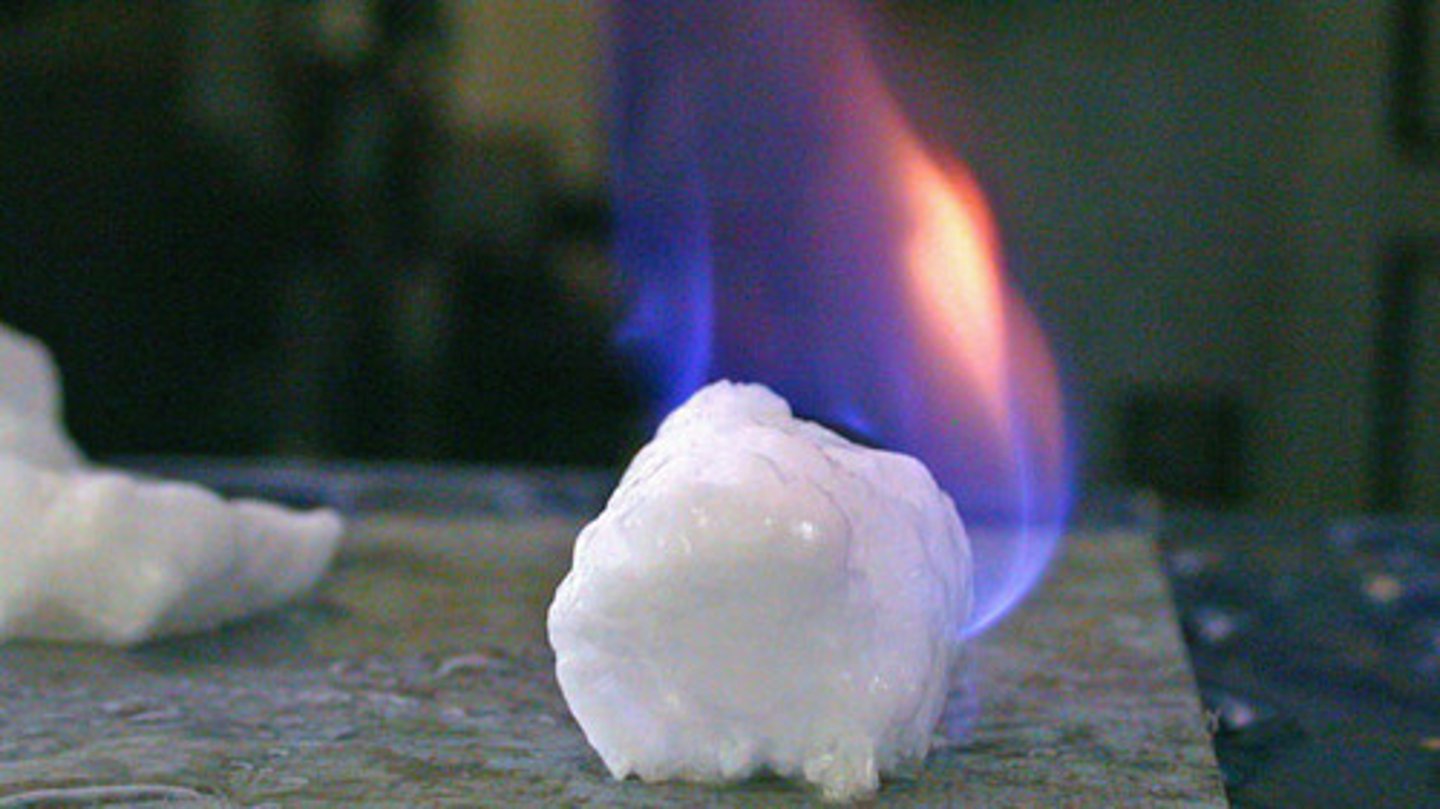New Natural Gas Technologies
1/9
There's no tags or description
Looks like no tags are added yet.
Name | Mastery | Learn | Test | Matching | Spaced |
|---|
No study sessions yet.
10 Terms
Where is natural gas recovered from?
Underground rock structures of porous, permeable rock, using the natural pressure of gas
What is the typical recovery rate of gas present?
80-90%
What are methane hydrates?
A solid, ice like crystalline solid found in locations at low temperatures (polar regions) or under high pressure (marine sediments)

How are methane hydrates extracted?
- Hot water is pumped into the sediments, which melts the hydrate crystals, releasing the methane gas
- Drilling into the sediments to melt the hydrate crystals, releasing the methane gas
How can carbon dioxide extract methane hydrates?
At high pressures, carbon dioxide can also form bonds with ice crystals, but it bonds more strongly than methane.
Therefore injecting carbon dioxide could displace methane which could then be collected
Why aren't methane hydrates from ocean sediments being exploited?
Little is known about the ecology of the ocean floor that the ev impacts are hard to predict.
Also, any methane released that was not collected can enter the atmosphere and contribute to global climate change.
Carbon Capture and Storage (CCS)
A technology used to capture and store carbon dioxide emissions from power plants and industrial processes to reduce greenhouse gas emissions.
Advantages of CCS
Theoretically makes extended use of fossil fuels possible
Disadvantages of CCS
CCS cannot be applied to small, dispersed uses, like cars
Where is CCS likely to be installed?
CCS can possibly capture CO2 at large power stations and then use the electricity can then be used to produce non carbon duels, such as hydrogen.